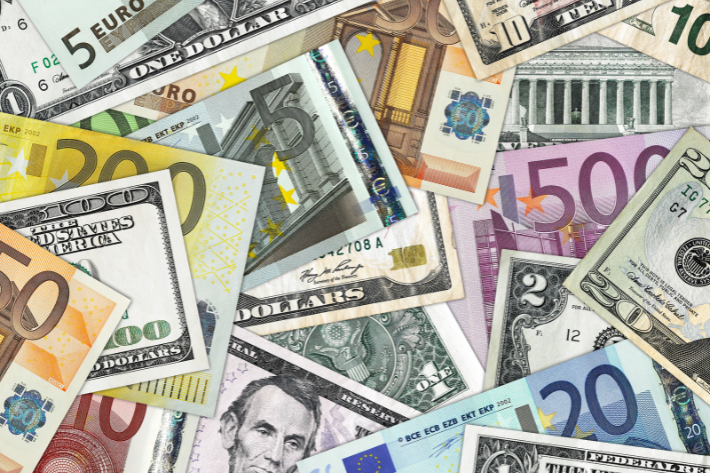Is Paper Money the Most Trending Thing Now?

When opening up your wallet to pay for your typical morning latte or even a special summer lunch outing, you’ll likely grab your plastic debit card or cashback rewards credit card.
You might have some paper money or coins stuffed in the bottom of your wallet, but chances are your transactions are purchased electronically. The use of physical currency to pay for goods and services continues to drop yearly, but paper currency is still rich in history and value.
Silver & Gold Certificates
Have you ever looked at the cash people use today? What about the currency 50 or 100 years ago? 200 years ago? What if I told you that redeeming US paper money for silver or gold was a common practice long ago? Would you believe me? It’s true!
These two types of paper money are called Silver Certificates and Gold Certificates. Issued between 1878 and 1964, this circulation of paper currency was for purchase or trade for equal parts of gold or silver coinage.
Silver Certificate from 1896
Below is a genuine, large size $2 Silver Certificate from 1896 graded a 62 by PMG. It’s a third-party grading company that certifies and authenticates collectible paper money.
This is the breathtaking second note from the Educational Series. The obverse (front) of the note is an allegorical design depicting Steam and Electricity as Commerce and Manufacturing. The reverse (back) of the note is the regal portraits of inventors Robert Fulton, creator of the steamboat, and Samuel F.B. Morse, innovator of the magnetic telegraph.
Oftentimes, currency depicted great innovators and politicians of their day in honor of their integral contributions to the United States.
$20 Gold Certificate from 1922
The striking picture above shows the $20 Gold Certificate from 1922. On the obverse is the bust of George Washington, similar to the paper currency we have today. Depending on the year and signature combination for this specific note type, it can also be known as a Technicolor note because of the vibrant, colorful print.
From its elaborate, wistful designs to its rich, cultivated history, US currency sparks interest from worldwide followers. The survival of these notes through the decade. The historical hands this currency has passed down through make for a valuable asset and rich storytelling.
If you have any of these notes, or others, don’t forget that Arnold Jewelers is offering free quotes and is always buying paper currency. Learn more about the rare $1000 Bill other rare currency and more in our blog posts. Happy collecting!
Check Out Our Beautiful Bills
- Categories:
